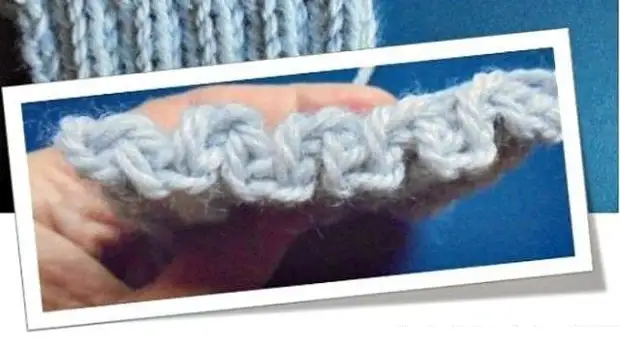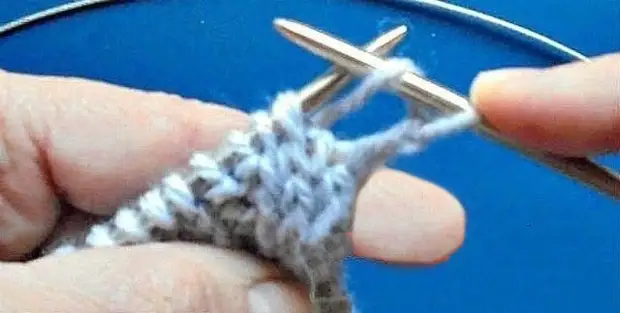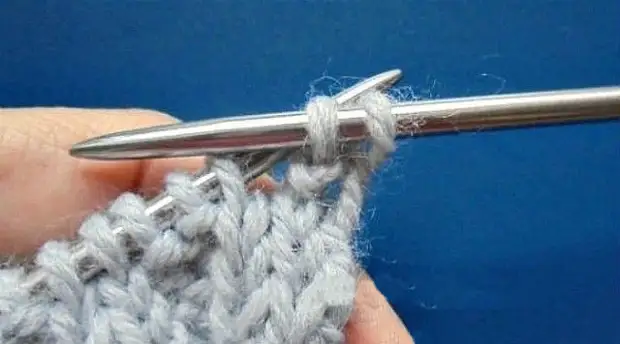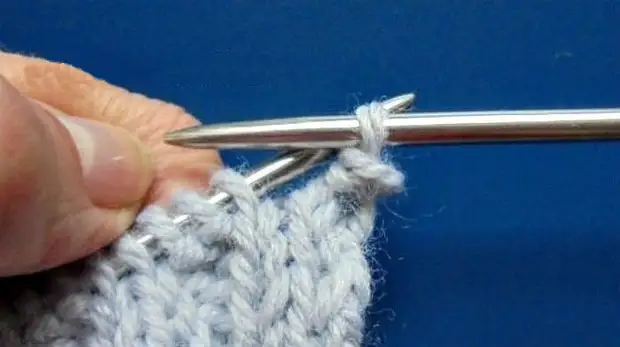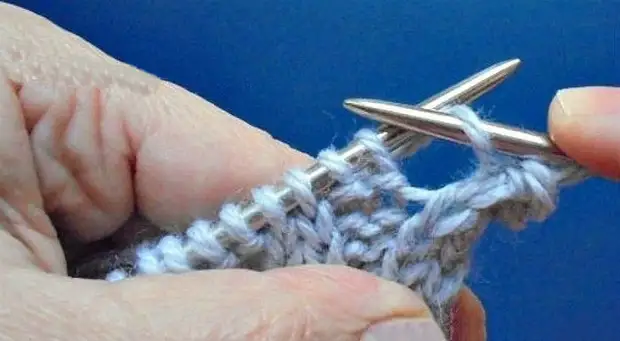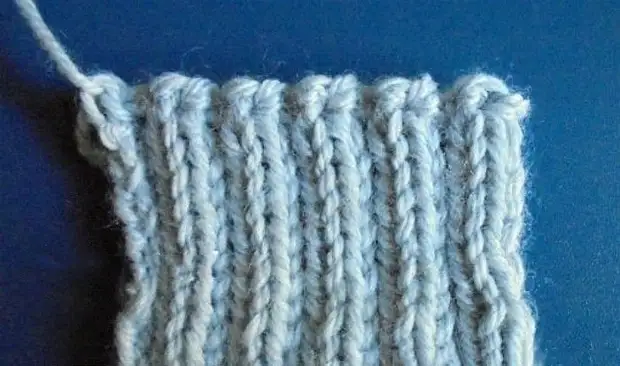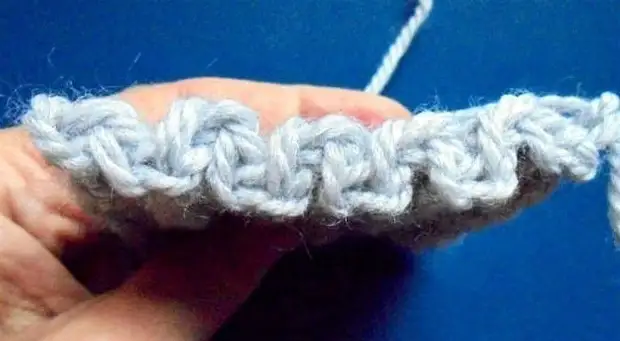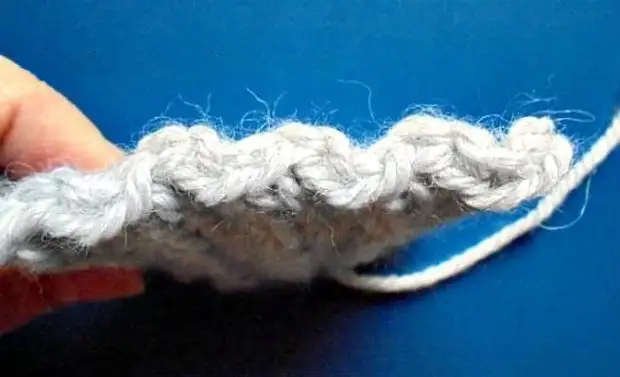In today's article, it will be discussed how to close the loops with an elastic way. This method can be especially useful when you need to close the gum loops.
At the same time, the edge of closed loops is not only compact compact in the rhythm of the pattern, but also well stretches. And this is quite appropriate when you knit a rubber band, for example, a high sweater gate, which will be more convenient to wear through the head, or narrow fitting cuffs of sleeves when knitting them from above.
But it is not necessary to think that only the loops of the gum closed so much.
The method is suitable for all other patterns in the event that you need that the closed edge is slightly thickened and stretched well.
And now let's look in detail and step by step, as this way to close the loops. Immediately I want to say that with this method, a number of closed loops turn out to be thicker due to the fact that the Nakid will be used. But just this circumstance and allows the edge to stretch better.
A detailed analysis of the method will draw on an example of 2 × 2 gum.
So, the first loop of the row (edge) is silent by the face loop, and then before tiering each loop, you will need to make an Nakid. At the same time, we look at which loop goes next - facial, or invalid. The fact that it depends on it (and it is important!) Which way this nakid should do.If the next loop is faithful, then the Nakid needs to be done so that the front wall of the Nakida is located on the left. To do this, making the nakid, with the right spoke moving from the bottom-up from yourself and, as if slightly right:
Next after Nakida:
- Slip the face loop;
- Little needles Introduce into the Nakid, and with the right stretch through the accumulated facial loop:
Now on the right spice 2 loops:
We again enter the left needle in the first loop on the right spice and the right back stretch through it the second loop.
On the right back one loop remains:
Similarly, we do with the next front loop.
That is, again before it makes the scale described above in the way and alternately stretch the loops one differently 2 times.
If the wrong loop is followed, then we make the nakid in the opposite direction:
With the right spoke, we pick up the thread, moving it up to myself and slightly left, while the Nakid is located so that its front wall is located on the right:
We have an invalible loop, and then we do the same as before with facial loops:
I stretch out the wrong loop through the Nakid, and we stretch the second loop again through the first.
So knit until the end of the row, carefully follow the way that you are tied by Nakid! (If the nakida is always the same in the same way, the edge will be well stretched, but it will not shrink in the rhythm of the gum).
This is how the edge looks like, closed using the method described above.
As I said, it turns out slightly thickened at the expense of additional "lids" above loops from Nakuda:
And now see how this edge looks from the end.
See how elastic it adds to our gum in "accordion"?
And for comparison, the view from the end of the gum, closed in the usual way, without nakidov (at least a loop before closing and was sought in the rhythm of the gum, that is, then the facial, then hinges):
I think the conclusions are obvious.
I repeat, in such a way you can close any gums and other patterns if you want to get a slightly thickened and well-stretched closed row. The main thing at the same time to observe how to make an attorney to facial, and which is in front of the invalid loop.
Once again, I will fix the procedure for how to close the loops elastically:
- The first edge loop in the row is silent.
- We make Nakid: in front of the front loop, the movement from herself, in front of the invented - movement towards himself.
- We have a loop or facial or invalid (via the drawing).
- Stacked loop stretch through the nakid.
- Once again, stretch the second loop through the first.
- We repeat steps 2-5 to the end of the row.
